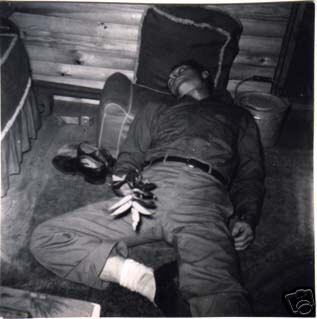Schwarz
View current page
...more recent posts
The unpronounceable masterpiece of the Industrial Revolution: Telford's Pontcysyllte Aqueduct
We expect that probably a million, and perhaps as many as a million and a half, additional residents will come to New York City in the next 25 years.
By then, the whole tri-state region, the already-crowded 31 counties in and around New York City, is expected to grow to 26 million people.
But amid all these larger questions, as the board of the complex mulls designs for a new wall, residents there — and some outsiders — have been asking another question: What happened to the stones?
"We would like the stones back that the city took from us," said Gerald Fingerhut, the treasurer of the 550-unit co-op. "But I'm saying it semi-facetiously, because the chance of our getting them is zero."
Mr. Fingerhut was referring to the pieces of rough-cut Manhattan schist that make up the surface of Castle Village's wall. They are stones from Manhattan's bedrock, of a type known as subway mica because it is often found during subway excavations.
If the stones were still available, some residents speculate, Castle Village might be able to embed them in the surface of any repaired areas, helping it blend in with the intact portions of the wall. Because there are almost no new sources of Manhattan schist, the stones might also have resale value, which could have helped Castle Village climb out of its financial hole.
"To stockpile them would definitely have been the intelligent thing to do," said Kate Ottavino, a partner and conservator at the A. Ottavino Corporation, an Ozone Park stoneworks.
Instead, the stones seem mostly to have been dumped or pulverized along with the 41,000 cubic yards of rubble removed by contractors.
"They were all disposed of," said Anthony Santoro, a vice president at Trocom, one of the cleanup's two principal contractors. "A lot of it was loaded up on sanitation barges that went to landfills." He said that separating the stones from the soil, trees, and other debris that crashed down along with the wall would have been both expensive and time-consuming.
City officials said that some stones are probably still buried under the remaining pile of rubble. And the Parks Department took 1,000 cubic yards of material (about 2 percent of the total haul) to Randalls Island, where Castle Village's stones now dot the shoreline.
In recent meetings with city agencies, "We've said: 'Oh, by the way, you've carted away all our stuff. When are you going to bring it back?' " recalled Donna Rounds, the co-op president. But amid negotiations with the city over carting fees, and under the threat of fines if a new wall isn't built by year's end, Castle Village is reluctant to offend the city over missing rocks.

